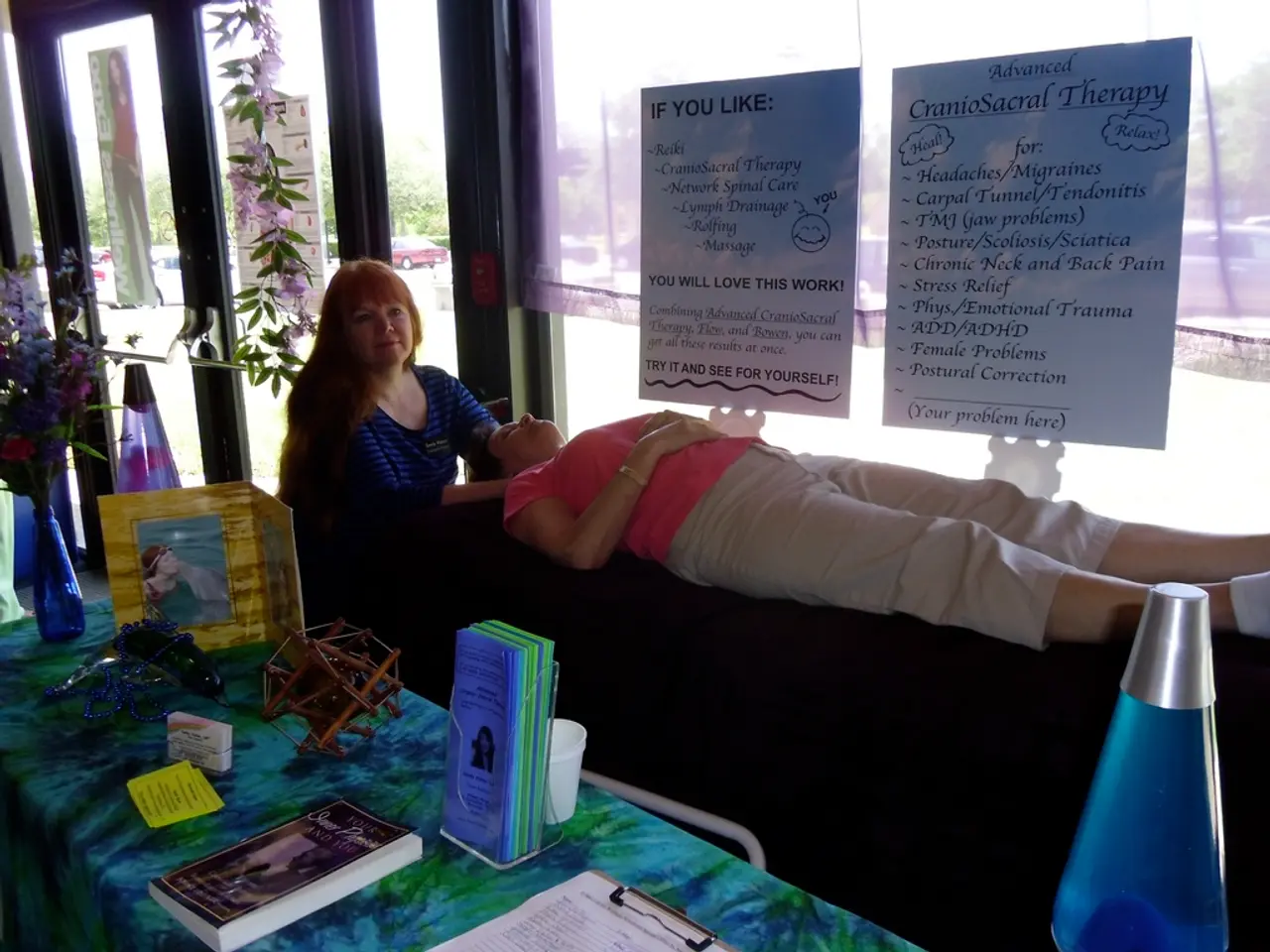Therapy Options Comparison: Art vs EMDR, Finding the Suitable Method for You
In the realm of psychotherapy, two innovative approaches have emerged as promising solutions for addressing traumatic memories and experiences: Accelerated Resolution Therapy (ART) and Eye Movement Desensitization and Reprocessing (EMDR).
ART, a relatively new therapy developed in the early 2000s, guides individuals through a series of eye movements while they visualize and reframe their traumatic memory, replacing negative images, sensations, or memories with more positive ones. The author of "Accelerated Resolution Therapy," Laney Rosenzweig, has been instrumental in its development.
On the other hand, EMDR therapy, established in the late 1980s, is a well-studied form of psychotherapy. It helps individuals process traumatic memories using bilateral stimulation, such as guided eye movements and sound, to help reframe and integrate memories in a less painful or distressing way.
Both therapies share a common goal: to alleviate distress associated with trauma and have been widely touted for their efficacy in treating Post-Traumatic Stress Disorder (PTSD). However, they approach this goal differently.
ART, for instance, uses a combination of relaxation, visualization techniques, and eye movements to help individuals process and come to terms with trauma. It relies on voluntary image replacement, where you visualize and transform your traumatic memories into positive images.
In contrast, EMDR uses multiple techniques, including bilateral stimulation, desensitization, cognitive restructuring, and body scan, to help individuals reprocess their trauma and traumatic memories. During an EMDR session, a therapist facilitates your processing and insights during bilateral stimulation.
When it comes to the number of sessions, ART can be completed in fewer sessions, usually 1 to 5, whereas EMDR uses an 8-phase protocol that might require more time. This makes ART an ideal choice for those seeking rapid results and a visual, structured approach. EMDR, however, might be better for those who prefer comprehensive trauma processing and cognitive restructuring.
Research suggests that both ART and EMDR can lead to a significant reduction in trauma-related symptoms of anxiety, depression, and intrusive thoughts. They also help relieve symptoms more effectively than medication in some cases.
EMDR, with its extensive body of research spanning over 4 decades, offers multiple benefits for someone navigating life after trauma, such as efficacy in treating PTSD, a comprehensive approach, short treatment, and broad applicability. It has been found to be an effective option for anyone experiencing significant trauma, such as combat veterans with PTSD, survivors of sexual abuse, or accident victims.
In conclusion, both ART and EMDR are highly effective treatments for trauma and PTSD. The choice between the two often depends on one's preference for a more structured, rapid approach (ART) or a comprehensive, cognitive restructuring approach (EMDR). It is essential to discuss these options with a mental health professional to determine the best course of treatment.
Read also:
- Nightly sweat episodes linked to GERD: Crucial insights explained
- Antitussives: List of Examples, Functions, Adverse Reactions, and Additional Details
- Asthma Diagnosis: Exploring FeNO Tests and Related Treatments
- Unfortunate Financial Disarray for a Family from California After an Expensive Emergency Room Visit with Their Burned Infant








